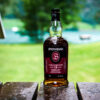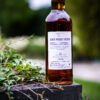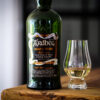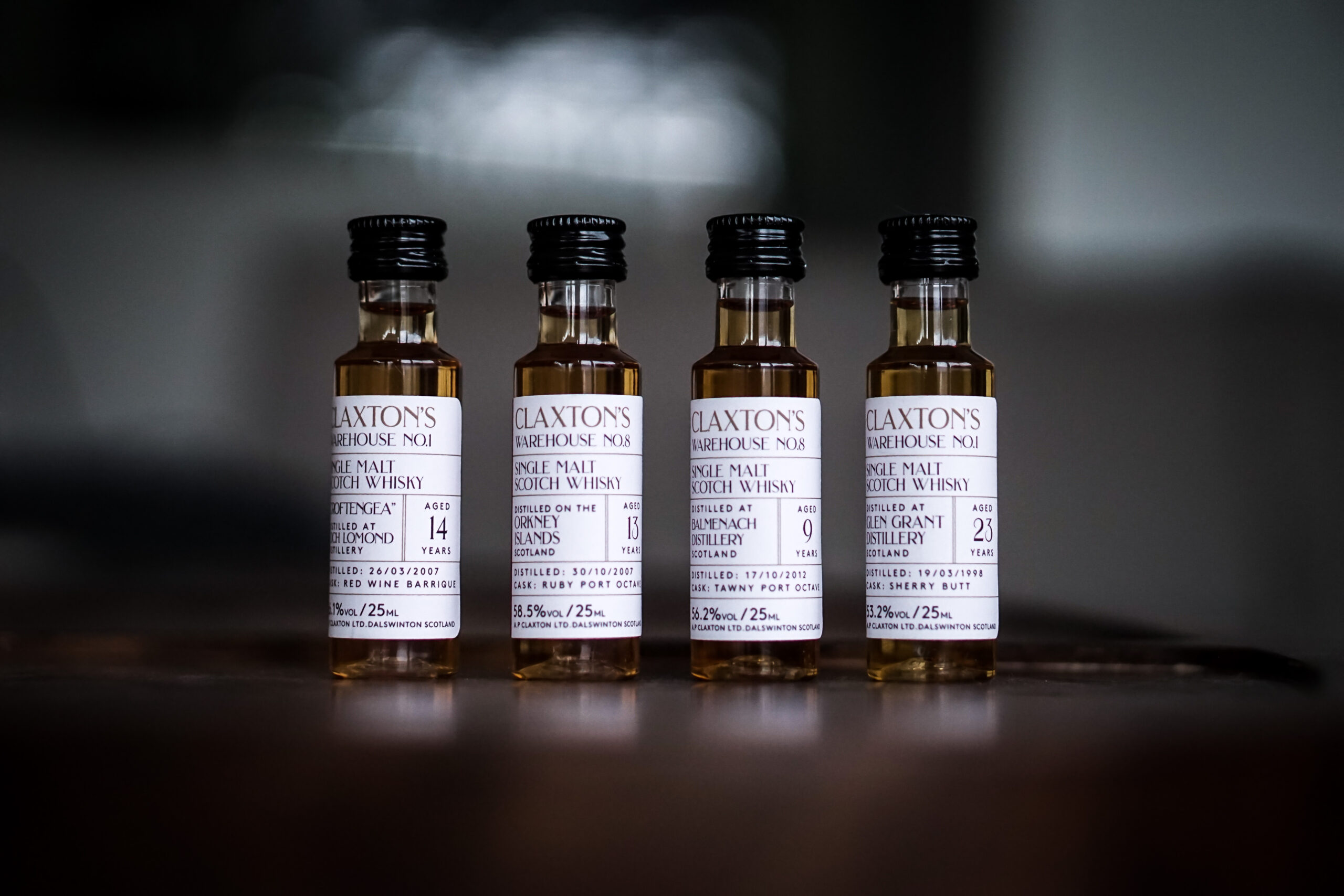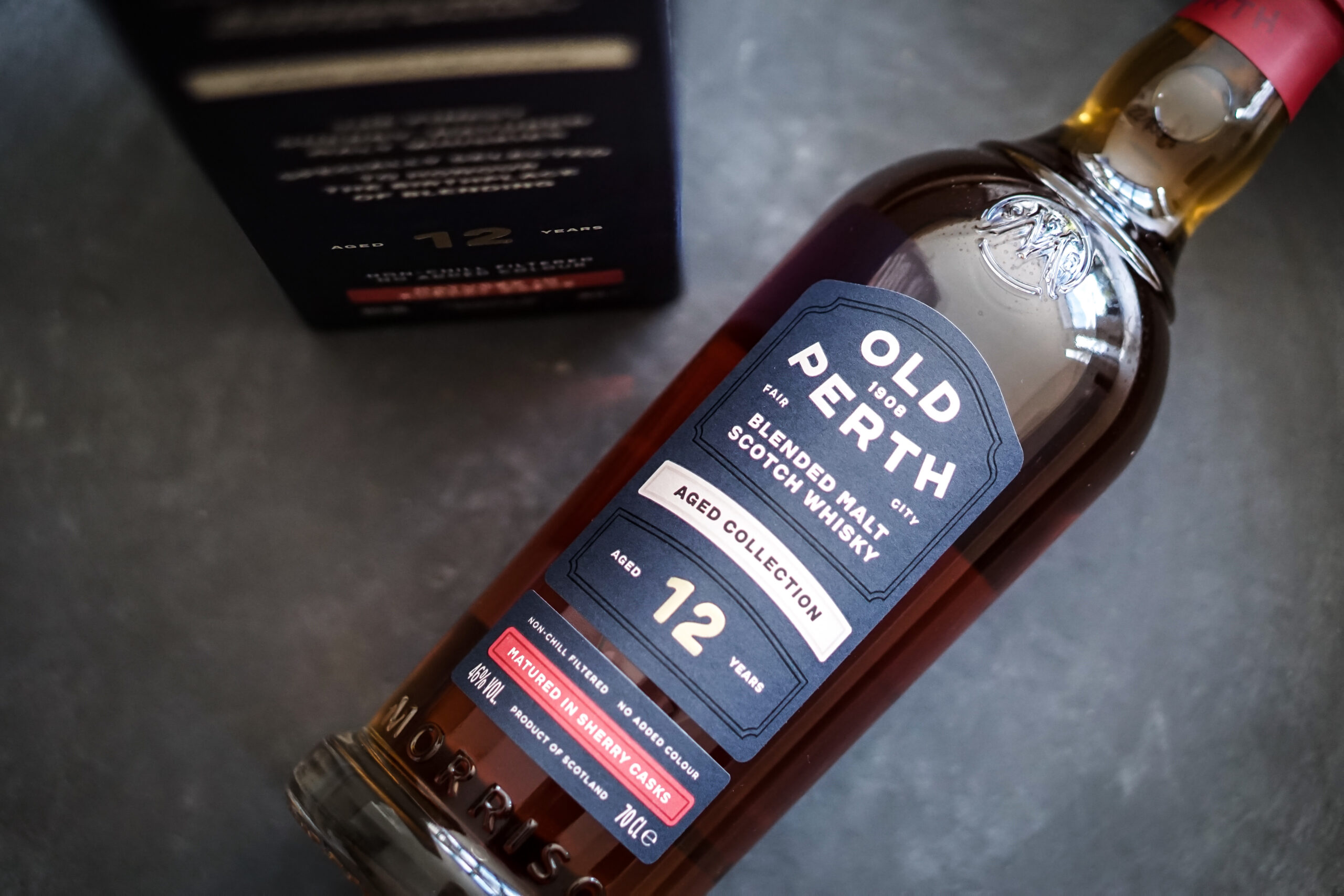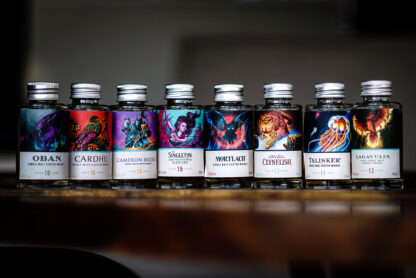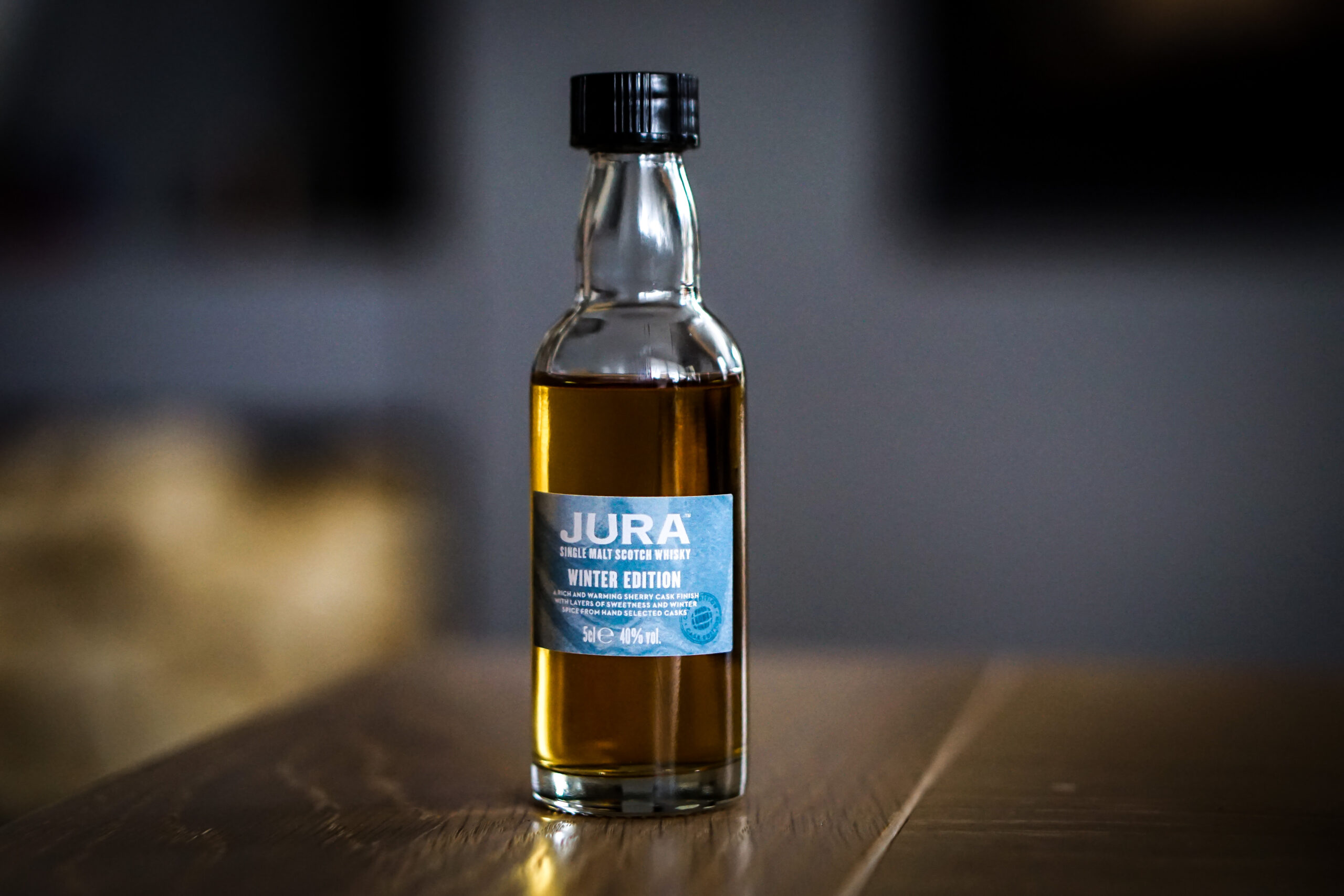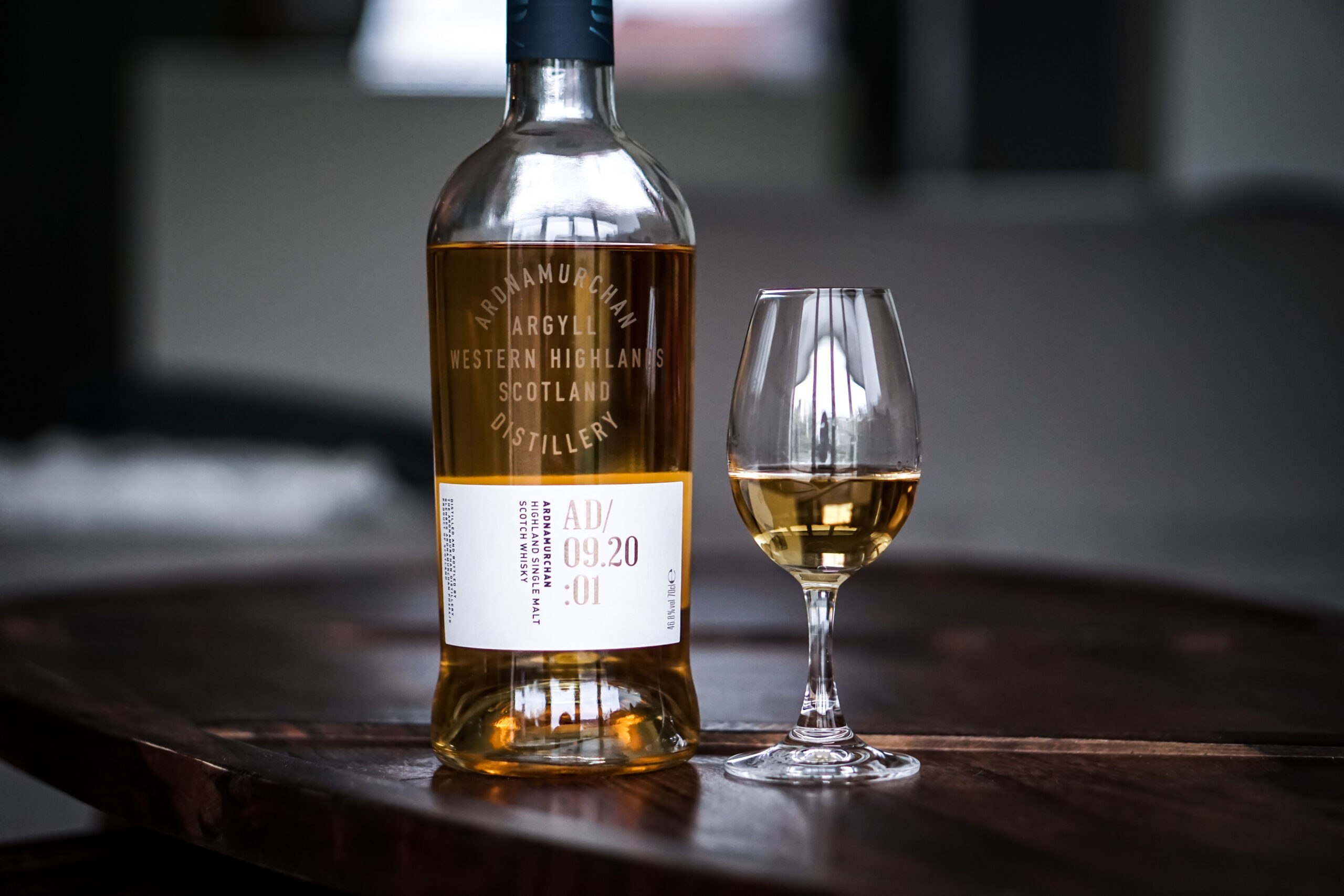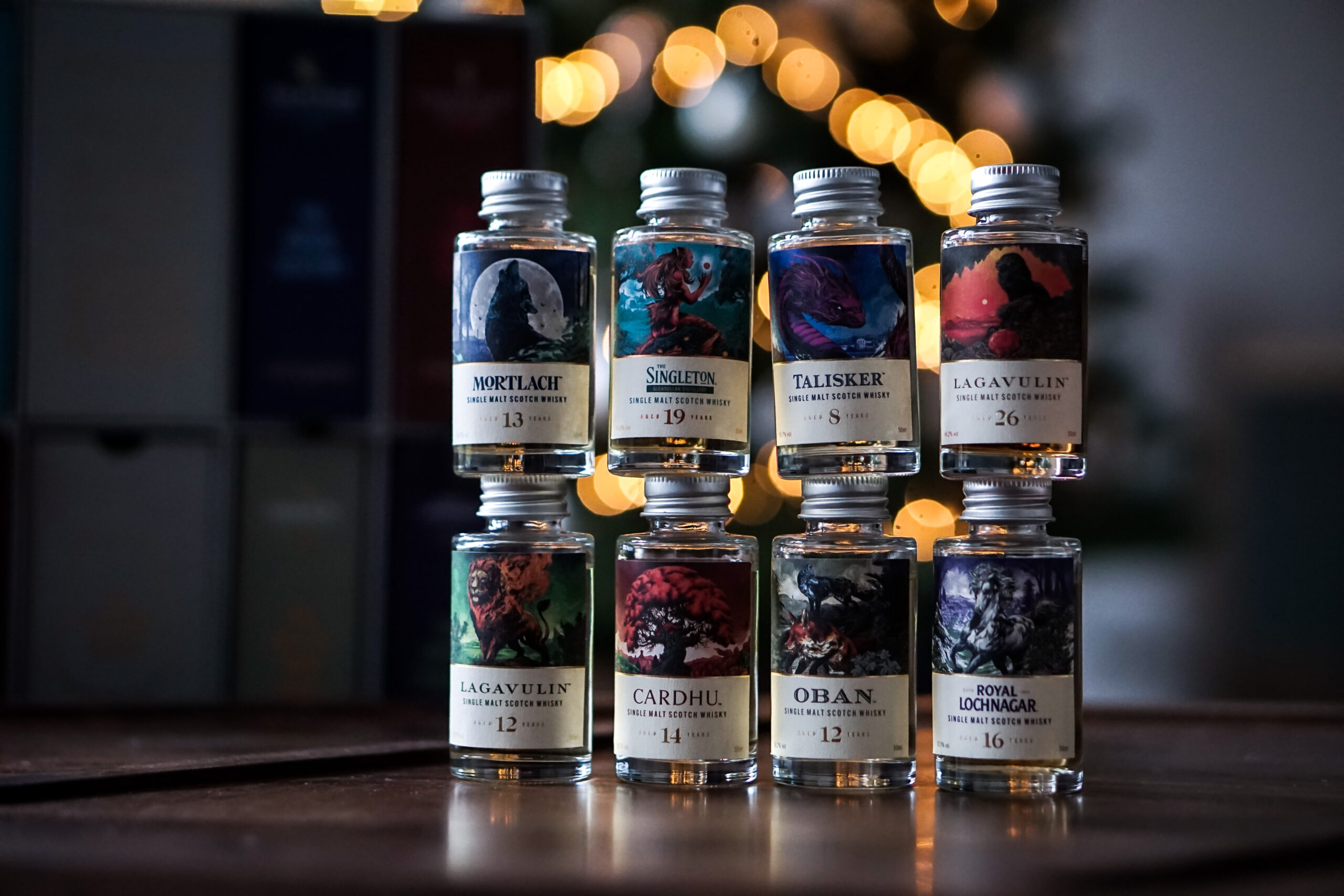Today a review of not 1, not 2, not even 3, but no less than 4 single malts from Claxton’s Spirits. And soon 4 more will follow!
The independent bottler very generously sent me two sample packages. Each pack contains 5 samples, but because there are a few in both packs, 4 samples will be reviewed at a time. The order is therefore not entirely correct, but in the end, they will all be discussed.
These packs are also for sale and I think it’s a great opportunity to taste quite a few of their releases, without having to spend a lot of money right away. So for those who may not know Claxton’s very well or for those who just want to taste a little more of them, this is your chance! 😉
In any case, I’m curious and looking forward to trying the samples. Let’s see what the first four will bring!
First up, we have a 9 year old Balmenach. This Speyside distillery is not often featured here because it is mainly used as a component in blends and not very often bottled by independent bottlers. So it’s a relatively unknown whisky, but therefore undoubtedly nice to try. This single malt was finished in a Tawny Port Octave before being bottled at a strength of 56.2% ABV.
Balmenach 9 year old tasting notes:
Nose: plenty of dried fruits here; it’s like a mixture of goji berries and raisins. Then honey and blueberry jam. A hint of milk chocolate. There’s a not leaning towards sulphur, but it’s not that. I can’t quite place it. However, this disappears later. Later, oranges and sherry candies, which are followed by spices, such as cinnamon and cloves.
Taste: less fruity than the nose suggests. There is a note of oranges and raisins, but then it goes more towards, coffee, dark chocolate and a hint of cedar wood. Cinnamon too. Later also almonds.
Finish: a little dry with cedar wood as well. Cinnamon and toffee. Cocoa too.
The nose is a bit strange initially, but it gets better after a while. However, it is still quite heavy and intense. In the taste, this is less, but it becomes slightly too woody towards the finish. A lot is going on, and it’s a taste explosion, but maybe just a little too much for me.
Score: 83/100
The oldest of the bunch is this 23-year-old Glen Grant. This single malt spent some time in a sherry butt before bottled at a strength of 53.2% ABV.
Glen Grant 23 year old tasting notes:
Nose: honey at first, followed by a nice layer of oranges. It’s slightly woody, giving it spices like cinnamon and nutmeg. Then a note of red fruit, strawberries? A hint of lemon peels. Later also hazelnuts.
Taste: oranges and plenty of wood here at first. Perhaps a little too much? But luckily this gets better after a while. Then honey. Toffee and caramel fudge. A hint of trekdrop (a Dutch candy/liquorice). Walnut peels. Nutmeg and cinnamon.
Finish: short to mid-long, dry and oaky. Trekdrop here as well. Roasted coffee beans and a hint of toffee.
This whisky needs patience and time because it takes a while for the flavours to surface. At first, it is pretty closed, and it feels like there is too much oak influence. However, with some rest, this will get much better. The fruity flavours appear, and the oak fades a bit into the background. However, this is less the case in the finish, which is a bit one-dimensional and falls flat rather quickly. But all in all a lovely dram, with the nose being the winner for me.
Score: 87/100
This Orkney is 13 years old and finished in a ruby port octave. The second in a port cask, and to be honest, these casks are often not my thing. So I stepped out of my comfort zone with these samples! 😉 This one is bottled at a strength of 58.5% ABV.
Orkney 13 year old tasting notes:
Nose: there is definitely some port influence. Blueberries, blackberries, and fresh plums. A drop of honey. Some minerality in the back. Milk chocolate. Later also a note of cranberries. Water doesn’t change much here, but it adds wine gums and a hint of coconut shavings.
Taste: the blueberries and figs are here but less pronounced, it seems. Honey. Minerals. There is quite some alcohol heat. It’s spicy and very peppery. Cloves. Water is helping, though; the alcohol settles and brings out fruit; yes, the blueberries and the figs are well pronounced now. But it also adds sweet cherries.
Finish: mid-long to long. A wood note, slightly bitter here too. Black pepper and cloves. Blackberries and a hint of cranberries. Water: it goes towards blackberries and sweet cherries. Less dry now too, and there is a gentle touch of smoke.
A nice whisky, but for me, it is still too much port influence. I can imagine that others like this, but for me, it feels like the port cask overpowers the Orkney spirit a bit too much, especially with water. I think it gets too sweet, and it’s a certain sweetness that I can’t get around, and that is something I have more often with these port casks. But like I said, I don’t think it’s a bad whisky, just not for me.
Score: 85/100
The last one today comes from the Loch Lomond distillery, a 14 year old Croftengea. This is one of the peated varieties of Loch Lomond and has matured (or finished?) in a red wine barrique. Bottled at a strength of 56.1% ABV.
Croftengea 14 year old tasting notes:
Nose: quite the red wine punch, mixed with vegetal smoke. Strange haha. Red grapes and red berries. An earthy note in the back. Honey and a hint of liquorice. A light farmyard smell too.
Taste: a bit more smoke here, but again vegetal. A hint of liquorice. And later on, you get the red wine influence: wine gums, blueberries and raspberries. Pink peppercorns too.
Finish: long and rather sweet. Overly sweet almost. With plenty of red fruit and pink peppercorns.
An interesting one, but it becomes so sweet from the red wine cask for me. The nose is lovely, but after that, it becomes just too sweet. I hoped that the peaty character of Croftengea would have been more apparent, expected it to be more ‘dirtier’.
Score: 83/100
Samples provided by Claxton’s Spirits.
